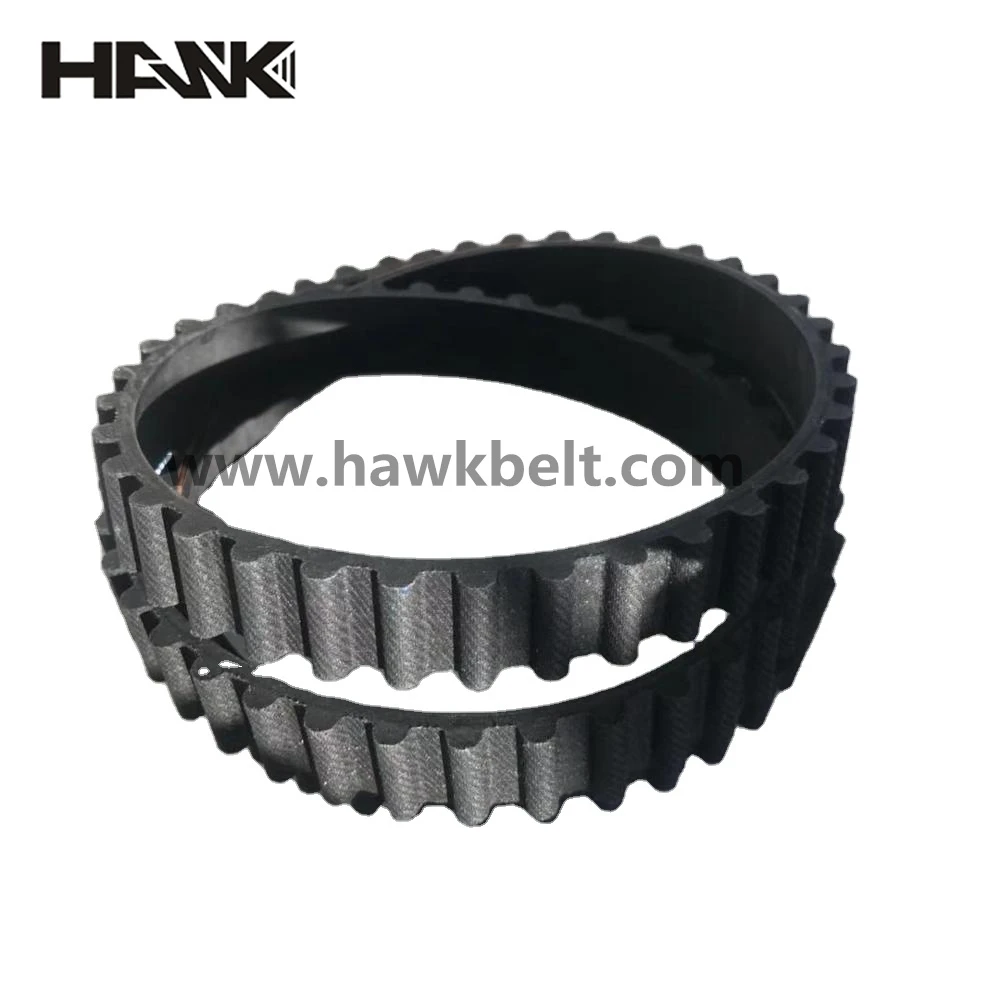- Arabic
- French
- Russian
- Spanish
- Portuguese
- Turkish
- Armenian
- English
- Albanian
- Amharic
- Azerbaijani
- Basque
- Belarusian
- Bengali
- Bosnian
- Bulgarian
- Catalan
- Cebuano
- Corsican
- Croatian
- Czech
- Danish
- Dutch
- Afrikaans
- Esperanto
- Estonian
- Finnish
- Frisian
- Galician
- Georgian
- German
- Greek
- Gujarati
- Haitian Creole
- hausa
- hawaiian
- Hebrew
- Hindi
- Miao
- Hungarian
- Icelandic
- igbo
- Indonesian
- irish
- Italian
- Japanese
- Javanese
- Kannada
- kazakh
- Khmer
- Rwandese
- Korean
- Kurdish
- Kyrgyz
- Lao
- Latin
- Latvian
- Lithuanian
- Luxembourgish
- Macedonian
- Malgashi
- Malay
- Malayalam
- Maltese
- Maori
- Marathi
- Mongolian
- Myanmar
- Nepali
- Norwegian
- Norwegian
- Occitan
- Pashto
- Persian
- Polish
- Punjabi
- Romanian
- Samoan
- Scottish Gaelic
- Serbian
- Sesotho
- Shona
- Sindhi
- Sinhala
- Slovak
- Slovenian
- Somali
- Sundanese
- Swahili
- Swedish
- Tagalog
- Tajik
- Tamil
- Tatar
- Telugu
- Thai
- Turkmen
- Ukrainian
- Urdu
- Uighur
- Uzbek
- Vietnamese
- Welsh
- Bantu
- Yiddish
- Yoruba
- Zulu
දෙසැ. . 12, 2024 23:49 Back to list
Understanding the Benefits of Double-Sided Serpentine Belts in Modern Automotive Applications
Understanding Double-Sided Serpentine Belts A Comprehensive Overview
In the realm of automotive engineering, the serpentine belt plays a pivotal role in the mechanical functioning of an engine. Among the various types available, the double-sided serpentine belt has emerged as a critical component due to its unique design and application benefits. This article explores the intricacies of double-sided serpentine belts, their advantages, and their importance in modern vehicles.
What is a Double-Sided Serpentine Belt?
A serpentine belt is a long, continuous belt that is used to drive multiple peripherals in an engine, such as the alternator, power steering pump, water pump, and air conditioning compressor. The term serpentine refers to the belt’s winding path through various pulleys. A double-sided serpentine belt, as the name suggests, has grooves on both sides, allowing it to grip the pulleys more effectively. This design enables it to drive multiple accessories on either side of the belt.
Advantages of Double-Sided Serpentine Belts
1. Enhanced Efficiency One of the primary benefits of double-sided serpentine belts is their operational efficiency. With grooves on both sides, the belt can power components from both sides, which eliminates the need for more belts and pulleys. This contributes to lighter engine components and improved fuel efficiency.
2. Space-Saving Design The compact design of double-sided serpentine belts allows for a more streamlined engine layout. This is particularly advantageous in tightly packed engine compartments where space is a premium. It enables manufacturers to design smaller vehicles without compromising engine performance.
3. Reduced Maintenance Traditional multi-belt systems often require frequent adjustments and replacements. In contrast, double-sided serpentine belts can last longer and require less maintenance due to their robust construction and ability to distribute loads evenly across multiple pulleys. This means fewer service visits for vehicle owners, reducing overall maintenance costs.
double sided serpentine belt

4. Improved Power Transmission Double-sided belts provide a more stable and secure grip on the pulleys, which translates into better power transmission efficiency. This is particularly beneficial for high-performance vehicles where precise power delivery is critical.
5. Noise Reduction The design of double-sided serpentine belts can contribute to quieter engine operation. Reduced vibration and improved alignment result in lower noise levels compared to systems that use multiple separate belts.
Applications of Double-Sided Serpentine Belts
Double-sided serpentine belts are increasingly popular in various automotive applications. They are commonly found in modern cars, trucks, and SUVs, especially in models designed for better fuel efficiency and performance. Additionally, they are utilized in hybrid and electric vehicles where space efficiency is crucial due to the presence of battery packs and electric motors.
Beyond the automotive industry, these belts find applications in various machinery and conveyor systems that require reliable power transmission and efficiency.
Conclusion
The double-sided serpentine belt is a significant technological advancement in automotive design. It illustrates how engineering innovations can lead to enhanced performance, efficiency, and reduced maintenance, all of which are crucial in today's fast-paced automotive industry. With the continuous push for sustainability and efficiency, the double-sided serpentine belt represents a step forward in delivering reliable power transmission while minimizing environmental impact.
In conclusion, understanding the role and advantages of double-sided serpentine belts helps in appreciating their importance in modern engine design. As the automotive landscape grows more complex, components like the double-sided serpentine belt will continue to play a critical role in the evolution of vehicle performance and efficiency. Future advancements in materials and technology may further enhance their capabilities, making them an essential focus area for automotive engineers and manufacturers.
-
Korean Auto Parts Timing Belt 24312-37500 For Hyundai/Kia
NewsMar.07,2025
-
7PK2300 90916-T2024 RIBBED BELT POLY V BELT PK BELT
NewsMar.07,2025
-
Chinese Auto Belt Factory 310-2M-22 For BMW/Mercedes-Benz
NewsMar.07,2025
-
Chinese Auto Belt Factory 310-2M-22 For BMW/Mercedes-Benz
NewsMar.07,2025
-
90916-02660 PK Belt 6PK1680 For Toyota
NewsMar.07,2025
-
drive belt serpentine belt
NewsMar.07,2025

